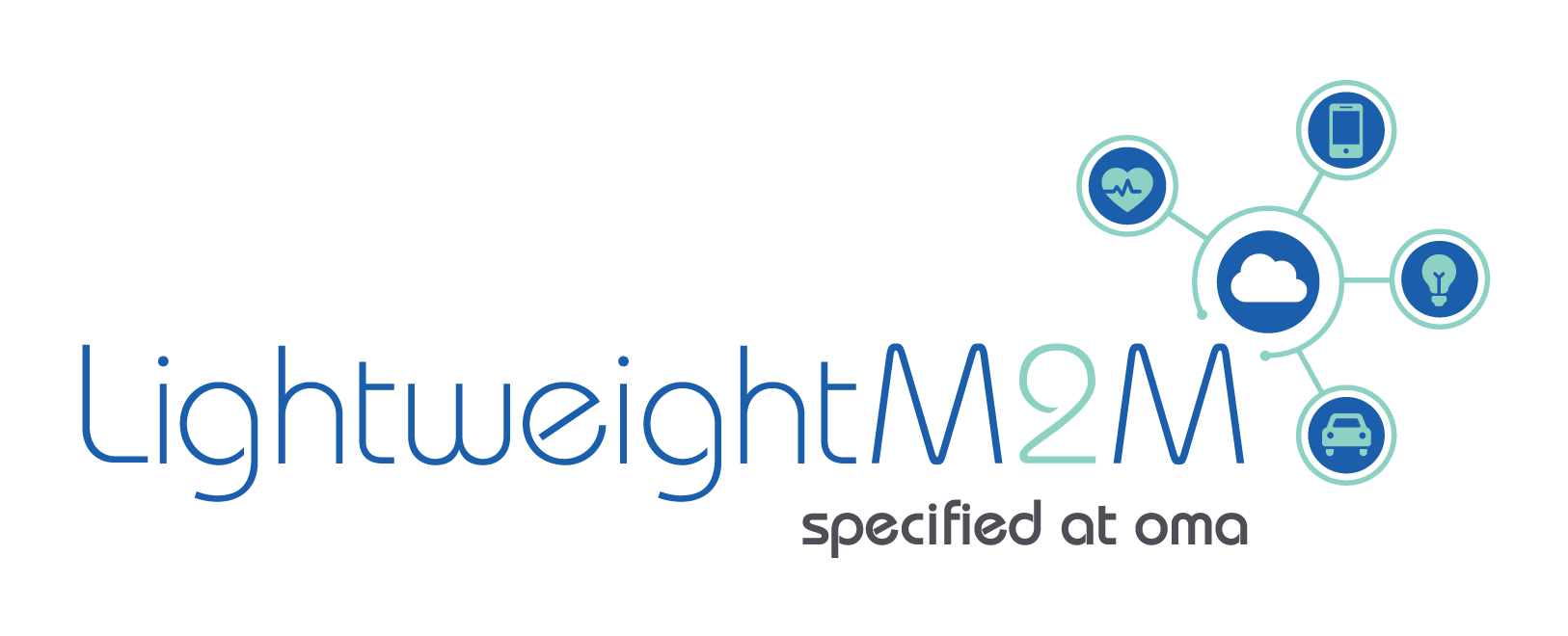LwM2M RELEASES
The Lightweight M2M (LwM2M) protocol, developed by Open Mobile Alliance (OMA), has undergone multiple iterations to enhance device management, security, scalability, and interoperability for IoT ecosystems.
Each version introduces new features, optimizations, and improvements to support the evolving needs of constrained IoT devices.
Below, you can explore the different LwM2M versions, including their enhancements, security updates, and feature additions.

LwM2M v1.2.2
🚀 Latest Release – June 2024
Bug fixes & minor enhancements to improve protocol efficiency and interoperability.

LwM2M v1.2.1
December 2022
Security & transport updates, enhancing MQTT & HTTP support for LwM2M.

LwM2M v1.2
November 2020
Introduced new transport layers (MQTT & HTTP), improved bootstrapping, and LwM2M CBOR encoding.

LwM2M v1.1.1
June 2019
Added CBOR support for improved read/write efficiency in constrained devices.

LwM2M v1.1
July 2018
Enhanced bootstrapping, TCP/TLS support, and expanded LPWAN compatibility.

LwM2M v1.0.2
February 2018
Minor fixes and clarifications for improved protocol reliability.

LwM2M v1.0.1
July 2017
Bug fixes and minor refinements to the original release.

LwM2M v1.0
February 2017
Initial release, introducing the object-based model for IoT device management.
LwM2M: TEST SPECIFICATIONS

Validating LwM2M for Interoperability, Compliance, and Quality
OMA Test Specifications ensure that LwM2M devices and platforms meet industry standards, offering reliable performance, interoperability, and security. These specifications help vendors validate their implementations, prepare for certification, and deliver high-quality IoT solutions.
Explore the key purposes and components of OMA Test Specifications below to understand how they support robust, standardized LwM2M deployments.
PURPOSE
OMA Enabler Test Specifications ensure that devices and platforms implementing LwM2M comply with industry standards, work seamlessly across different vendors, and maintain high performance and security levels.
These specifications help with:
Interoperability
Ensuring Cross-Compatibility
Verifies that LwM2M implementations from different manufacturers work together seamlessly, supporting an open and competitive IoT ecosystem.
Compliance
Meeting OMA Standards
Validates that devices and software conform to OMA-defined protocols, ensuring a consistent, reliable experience across platforms.
Quality Assurance
Enhancing Performance
Identifies potential issues early in the development process, improving stability and reliability before deployment.
Certification Readiness
Preparing for Market Approval
Ensures that devices meet certification requirements, which can be critical for regulatory approval and large-scale adoption.
Developer Reference
A Guide for Implementation
Serves as a technical reference for engineers, guiding them through best practices when implementing LwM2M features.
COMPONENTS
OMA's Test Specifications include various structured documents that guide testing, validation, and certification of LwM2M implementations. These ensure compliance, security, and performance consistency across different devices and platforms.
Test Requirements Document
(TRD) - Defining Testing Scope
Outlines the specific requirements and criteria for validating LwM2M implementations.
Test Case Descriptions
(TCD) - Step-by-Step Testing
Provides detailed test cases, covering objectives, preconditions, execution steps, and expected results.
Test Procedures
(TP) - Execution Guidelines
Defines the step-by-step execution flow for running LwM2M compliance tests.
Test Suites
(TS) - Grouped Validations
A collection of related test cases, focusing on specific functionalities of LwM2M.
Test Reports
(TR) - Documenting Results
Records test outcomes, deviations, and pass/fail status for certification readiness.


